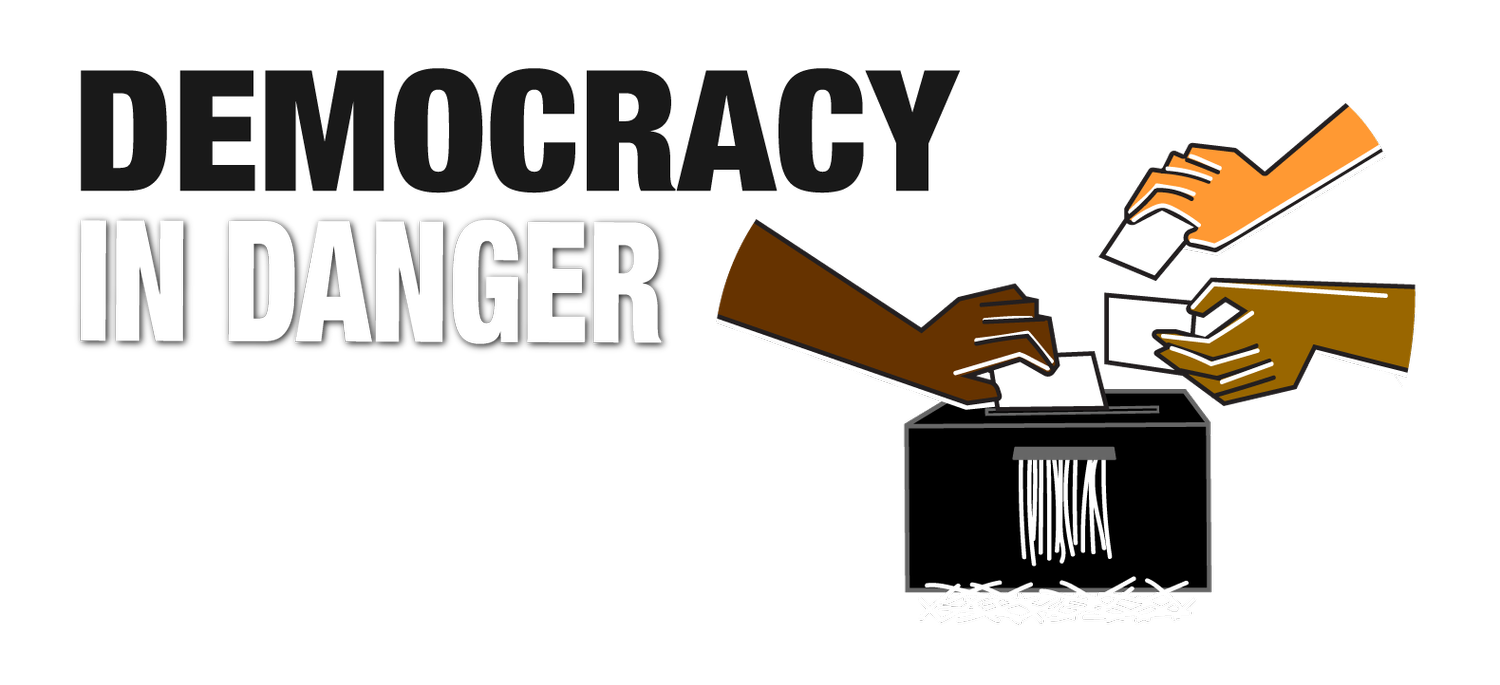No Lone Wolf
White-power has posed a threat to democracy for decades. Who is to blame? The group or the individual?
Read
Charleston. Tree of Life. Christchurch. All these deadly attacks have some grim details in common — their death tolls were massive... white-power ideology fueled their architects... and they only seemed to be the work of loners, according to historian Kathleen Belew. Join Will and Siva as Belew traces the unsettling history of anti-government militias since the 1980s. Often misunderstood in this story, she says, is the deadliest act of domestic terrorism on record in America: the Oklahoma City bombing.
Meet
Kathleen Belew is an assistant professor of history at the University of Chicago. Her first book is Bring the War Home: The White Power Movement and Paramilitary America (2018, Harvard University Press). She has appeared as an expert on the threat of militarized white supremacy on PBS, CNN, NPR, MSNBC and others. Follow her on Twitter @kathleen_belew.
Bring the War Home traces how violent white-power activist groups in the post-Vietnam era gained followers through a strategy of “leaderless resistance” and a common narrative of government oppression. The movement culminated, she argues, in the Oklahoma City bombing of 1995.
But it didn’t end there, Belew says. In 2018, she wrote for the Daily Beast about how the Tree of Life Synagogue massacre in Pittsburgh that year, as well as the attack on the Emanuel African Methodist Episcopal Church in Charleston, S.C., in 2015, were influenced by the white power movement.
Read a synopsis of that history in this op-ed for the New York Times, and Belew’s commentary on the underlying logic of white nationalist violence, published in response to the El Paso mass shooting last year.
Or, download her congressional testimony from a year ago on why the white-power movement is a threat to American democracy.
Learn
In Blood and Politics, MacArthur Fellow and human rights activist Leonard Zeskind writes about the mainstreaming of white nationalism and its relationship to anti-immigrant groups.
Like Waco, the Ruby Ridge standoff in 1992 is often used among white nationalists as a call to arms against the U.S. government. Listen to this retrospective about Ruby Ridge from NPR.
Belew argues that women have played a significant, if underappreciated role, in white-power activism. Along those lines, Arica L. Coleman writes for Time about “alt-feminism,” challenging the media’s fixation on the visibility of men in the movement.
In this Timeline essay, learn more about Louis Beam, one of the most influential and image-conscious figures in white-power circles in the 1970s and ’80s.
And read this 2016 report in The Atlantic about The Turner Diaries, the dystopian novel that depicts the triumph of white-power militants in the United States and across the globe. Written by neo-Nazi leader William Luther Pierce, this artless and little-known book has proved inspirational to hate groups.





